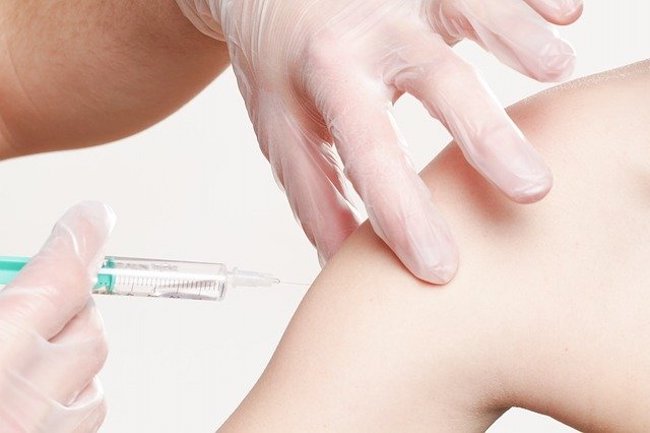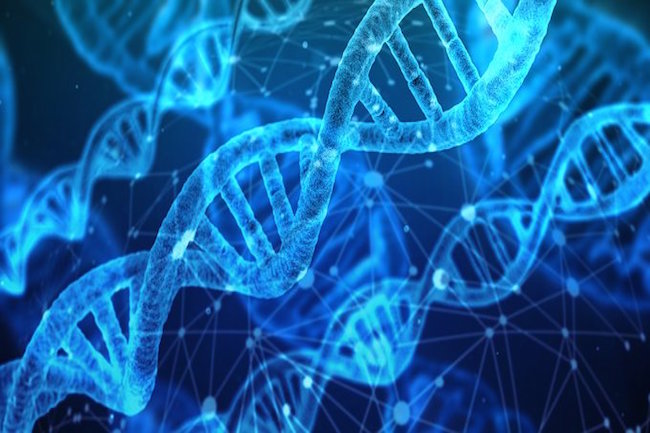Long-Term Dangers of Experimental mRNA Shots by Dr. Joseph Mercola
“Let’s start with a thought experiment: If an engineering design flaw exists and no one measures it, can it really injure people or kill them?” a Twitter user named Ehden writes.1 He goes on to discuss an overlooked aspect of the COVID mRNA shots, something called “codon optimization,” which virtually guarantees unexpected results. Ehden explains:2
“Trying to tell your body to generate proteins is hard for many reasons. One of them is the fact that when you try to run the protein information via ribosomes which process that code and generate the protein, it can be very slow or can get stuck during the process.
Luckily, scientists found a way to overcome this problem, by doing code substitution: instead of using the original genetic code to generate the protein, they changed the letters in the code so the code would be optimized. This is known as Codon Optimization.”
COVID Shots Use Codon Optimization
A codon consists of three nucleotides, and nucleotides are the building blocks of DNA. An August 2021 article in Nature Reviews Drug Discovery, addressed the use of codon optimization as follows:3
“The open reading frame of the mRNA vaccine is the most crucial component because it contains the coding sequence that is translated into protein.
Although the open reading frame is not as malleable as the non-coding regions, it can be optimized to increase translation without altering the protein sequence by replacing rarely used codons with more frequently occurring codons that encode the same amino acid residue.
For instance, the biopharmaceutical company CureVac AG discovered that human mRNA codons rarely have A or U at the third position and patented a strategy that replaces A or U at the third position in the open reading frame with G or C. CureVac used this optimization strategy for its SARS-CoV-2 candidate CVnCoV …
Although replacement of rare codons is an attractive optimization strategy, it must be used judiciously. This is because, in the case of some proteins, the slower translation rate of rare codons is necessary for proper protein folding.
To maximize translation, the mRNA sequence typically incorporates modified nucleosides, such as pseudouridine, N1-methylpseudouridine or other nucleoside analogues. Because all native mRNAs include modified nucleosides, the immune system has evolved to recognize unmodified single-stranded RNA, which is a hallmark of viral infection.
Specifically, unmodified mRNA is recognized by pattern recognition receptors, such as Toll-like receptor 3 (TLR3), TLR7 and TLR8, and the retinoic acid-inducible gene I (RIGI) receptor. TLR7 and TLR8 receptors bind to guanosine- or uridine-rich regions in mRNA and trigger the production of type I interferons, such as IFNα, that can block mRNA translation.
The use of modified nucleosides, particularly modified uridine, prevents recognition by pattern recognition receptors, enabling sufficient levels of translation to produce prophylactic amounts of protein.
Both the Moderna and Pfizer–BioNTech SARS-CoV-2 vaccines … contain nucleoside-modified mRNAs. Another strategy to avoid detection by pattern recognition receptors, pioneered by CureVac, uses sequence engineering and codon optimization to deplete uridines by boosting the GC content of the vaccine mRNA.”
Much of this information was previously reviewed in my interview with Stephanie Seneff, Ph.D., and Judy Mikovits, Ph.D. You can’t see the article but the video is embedded above. This study was published well after our interview and merely confirms what Seneff and Mikovits have unraveled in their research.
Support Our Site

Now is your chance to support Gospel News Network.
We love helping others and believe that’s one of the reasons we are chosen as Ambassadors of the Kingdom, to serve God’s children. We look to the Greatest Commandment as our Powering force.




